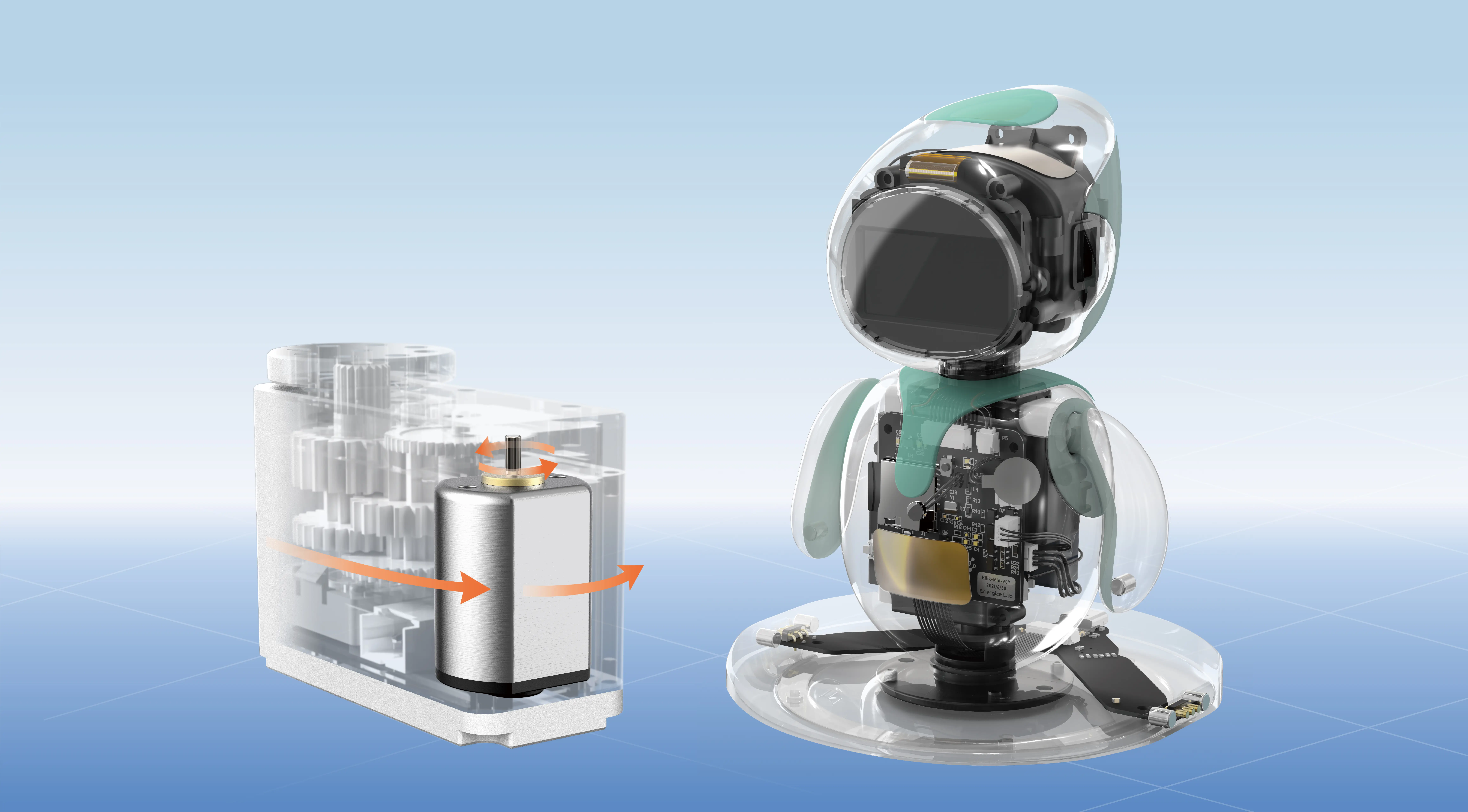In today’s fast-paced digital world, the need for scalable and efficient systems is more critical than ever. Imagine managing an app that connects millions of drivers and passengers daily – the complexity of it is mind-boggling. That’s where the power of a microservices architecture comes into play, and KPOWER’s Uber 1000 Microservices Architecture is leading the way.

But what exactly does “microservices architecture” mean, and why is it so important for companies like Uber? It’s essentially a way of designing a system where individual services run independently but collaborate to create a seamless experience. Think of it as a team of specialists working together to make sure everything runs smoothly. Each microservice focuses on one specific task, like processing payments, tracking rides, or handling user profiles.
Here’s where things get interesting. With the Uber 1000 Microservices Architecture, you’re not just looking at a few separate units working in isolation. It’s an entire ecosystem, where every service is optimized for performance, reliability, and ease of scaling. This level of flexibility means that, whether it’s a holiday rush or a sudden spike in demand, the system adapts quickly without breaking a sweat.
Consider how crucial uptime is. A breakdown in any part of the app could lead to significant losses. Imagine a rider waiting for a pickup and the system not responding? That’s a nightmare for both the passenger and the driver. With a microservices approach, if one service goes down, it doesn’t take the whole app with it. Instead, the remaining services continue working as expected, ensuring customers are never left in the lurch.
This leads to another major advantage: speed. Speed doesn’t just refer to how fast the app responds to a user’s click. It’s about how quickly you can push updates, introduce new features, and troubleshoot issues. With thousands of microservices, each one can be updated or fixed independently, without risking the stability of the rest of the system. It’s like upgrading your kitchen without having to redo the entire house.
And let’s talk about cost. Running a complex app like Uber requires constant resources – servers, developers, and maintenance. With Uber 1000 Microservices Architecture, companies can optimize these costs by running services only when needed and scaling them based on demand. Imagine a busy city center versus a quiet suburb – you don’t need the same number of vehicles in both places. It’s efficient, it’s cost-effective, and it’s smart.
A big part of the KPOWER philosophy is about delivering a smooth user experience, and this architecture ensures that. Instead of worrying about which part of the app is malfunctioning, you can focus on the big picture: improving services, building trust, and delivering the best ride-sharing experience possible.
In the fast-moving world of app development, reliability and speed aren’t just nice-to-haves. They’re essential. KPOWER’s Uber 1000 Microservices Architecture empowers businesses to meet these needs with confidence, offering a cutting-edge, scalable solution that’s ready for whatever the future holds.
Established in 2005, Kpower has been dedicated to a professional compact motion unit manufacturer, headquartered in Dongguan, Guangdong Province, China. Leveraging innovations in modular drive technology, Kpower integrates high-performance motors, precision reducers, and multi-protocol control systems to provide efficient and customized smart drive system solutions. Kpower has delivered professional drive system solutions to over 500 enterprise clients globally with products covering various fields such as Smart Home Systems, Automatic Electronics, Robotics, Precision Agriculture, Drones, and Industrial Automation.




































